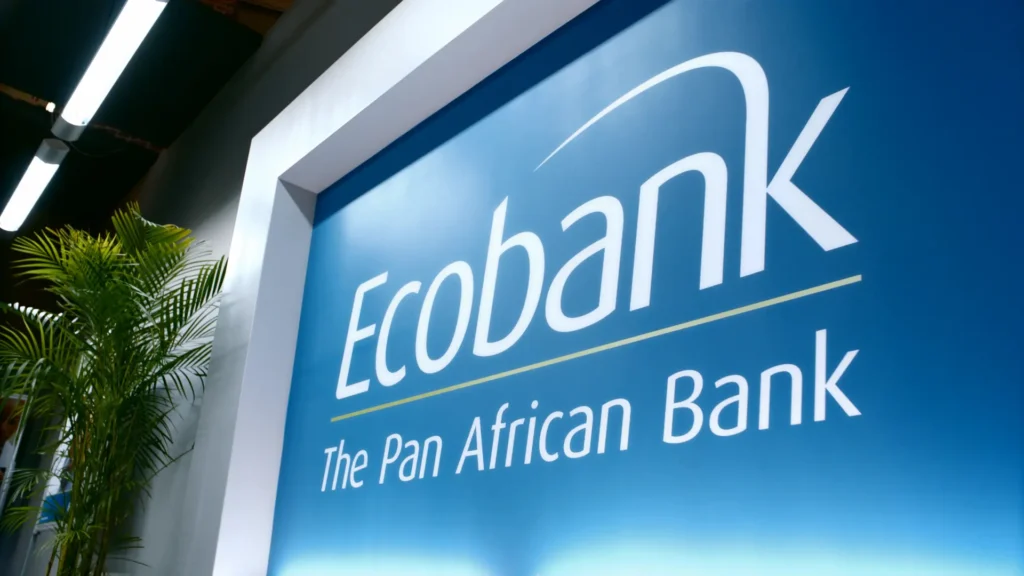
The Ecobank Sort Code: Your Essential Guide
The Ecobank Sort Code is more than a mere formality when it comes to banking with Ecobank — it’s an integral part of your financial toolkit. Six-digit codes might seem like just another number, but they play a critical role in ensuring seamless and accurate transactions. Here’s what makes this code so important and how you can use it to enhance your banking experience.
Key Takeaways
-
Functionality: Sort codes are critical for identifying bank branches and facilitating smooth fund transfers.
-
Finding Your Code: Easily locate your branch’s sort code through Ecobank’s website or your cheque book.
-
Code Structure: Understand the six-digit format to ensure accurate transactions.
-
Verification: Double-check the sort code to avoid errors in financial transfers.
-
Common Pitfalls: Using incorrect sort codes can lead to transaction issues—always verify before initiating transfers.
The Importance of the Ecobank Sort Code
The Ecobank Sort Code is integral to efficient financial management. This six-digit number uniquely identifies each Ecobank branch, ensuring that funds are routed accurately. Here’s why this code matters:
- Routing Precision: It ensures that your money is directed to the correct branch and account.
- Transaction Speed: Accurate sort codes help in processing transactions faster.
- International Transfers: For global transactions, the sort code remains vital for routing funds correctly.
How to Find Your Branch’s Sort Code
Locating your branch’s sort code is straightforward and can be done through several methods:
- Cheque Book: Your sort code is printed on your checks.
- Ecobank’s Website: Visit the official Ecobank website for branch details.
- In-Person Inquiry: Contact or visit your local Ecobank branch to obtain the code.
Ensuring you have the correct sort code is crucial for efficient electronic transactions and avoiding potential delays or errors.
Decoding the Structure of the Sort Code
The Ecobank sort code consists of six digits, each serving a specific purpose:
- First Three Digits: Represent Ecobank’s standard code.
- Fourth Digit: Indicates the bank’s location within its network.
- Last Two Digits: Identify the specific branch.
Understanding this structure helps in identifying the exact branch and ensuring accurate transaction routing.
Ensuring Accurate Transactions with Your Sort Code
To avoid issues with your financial transactions:
- Verify the Code: Always double-check the nine-digit code before proceeding with transfers.
- Confirm Details: Ensure you have the correct sort code to direct funds accurately.
By following these steps, you can enhance the security and efficiency of your transactions, minimizing the risk of errors.
Common Issues with Sort Codes
Incorrect sort codes can lead to several problems:
- Transaction Failures: Funds may be sent to the wrong account or the transaction may be rejected.
- Delays: Misrouting can cause delays in processing.
To prevent these issues, always verify the sort code with the recipient before sending money. This simple step can save you from dealing with the complications of incorrect transactions.
Frequently Asked Questions
What are the details for the sort code?
To find the details of your sort code, consult your bank documents, online banking portal, or contact your branch directly. Accurate sort codes are essential for ensuring your funds are routed correctly.
Is the Sort Code the Same as the Routing Number?
Sort codes and routing numbers serve similar purposes but are not the same. Sort codes (used in the UK and other countries) have six digits, while routing numbers (used in the US) consist of nine digits. Both are crucial for identifying banks and processing transactions accurately.
How Do I Get My Sort Code?
Your sort code can be found on your cheque book, through online banking, or by contacting your bank. Having this information ensures smooth and error-free fund transfers.
Are Swift Codes and Sort Codes the Same?
No, they are different. Sort codes are used for domestic transactions within a country, while Swift codes (or BIC codes) are used for international transactions. Understanding this distinction is important for making accurate financial transfers.
Conclusion
As a result of knowing how to locate, read, and understand Ecobank’s Sort Code, you are now equipped to handle your financial transactions more effectively. It is always a good idea to verify the sort code before conducting transactions in order to ensure that your funds will be transferred correctly and efficiently.
It is important to pay attention to these details so that you can streamline your banking activities and avoid common issues, ensuring a smooth financial experience with Ecobank.
Leave a Reply